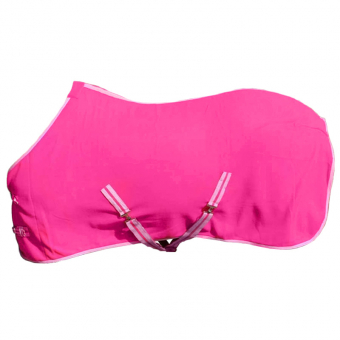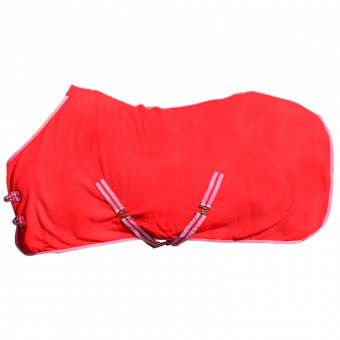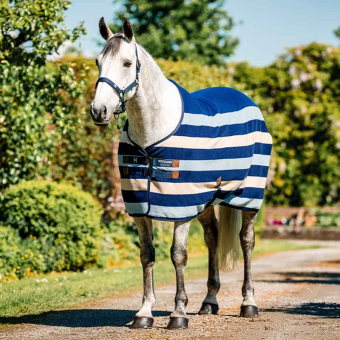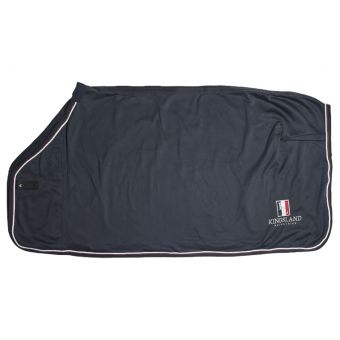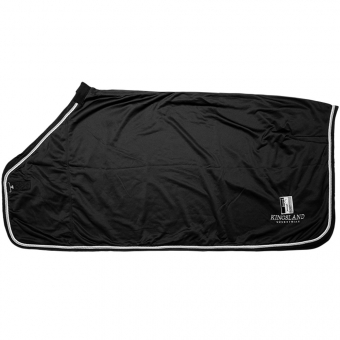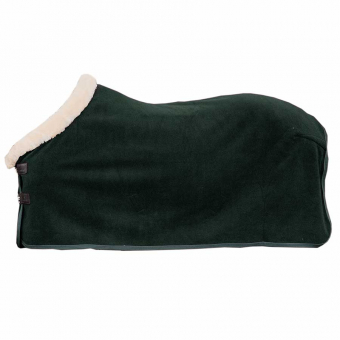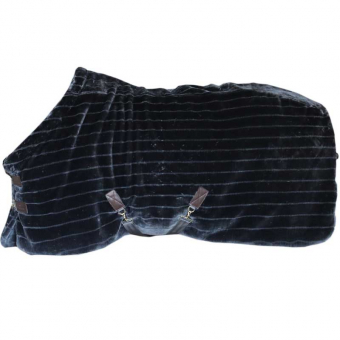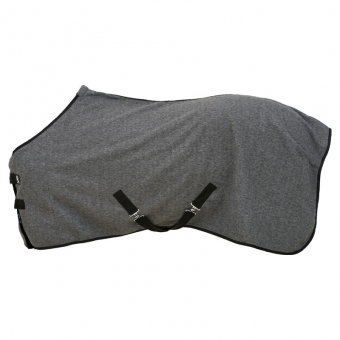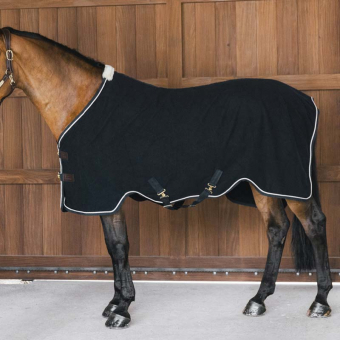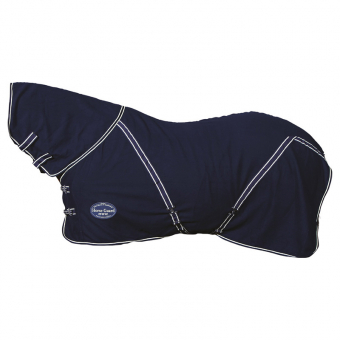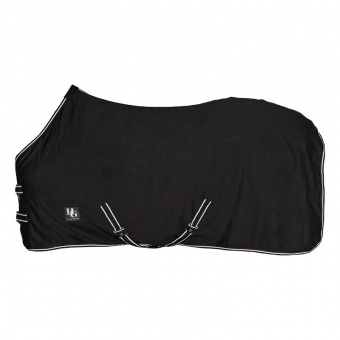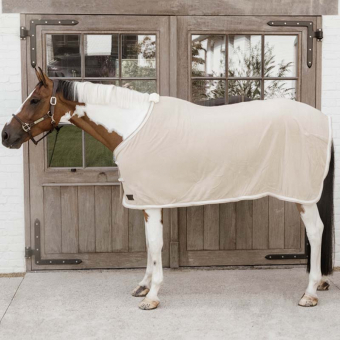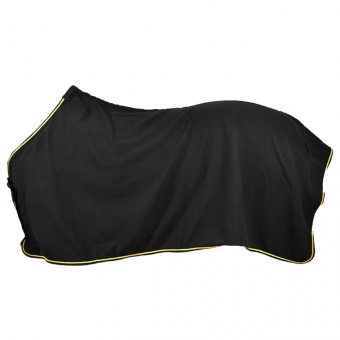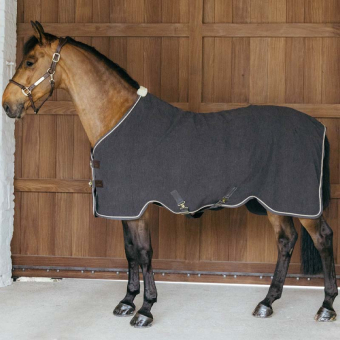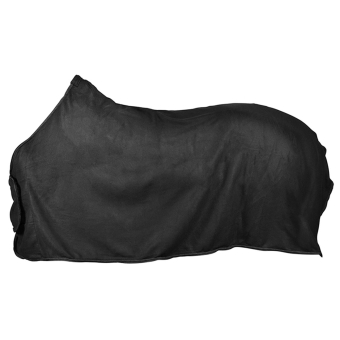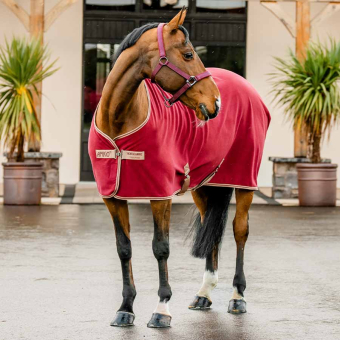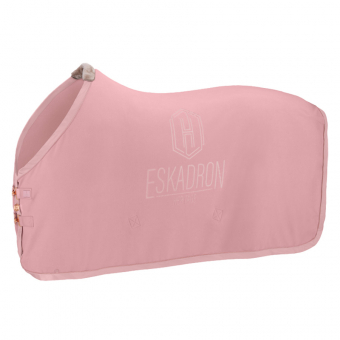Fleece and wool blankets effectively wick away sweat and keep the horse dry and warm, making them perfect for use after training, during transport, or when you need to dry the horse. We offer a diverse range of fleece blankets and wool blankets in various colors and designs, from the classic New Market stripes to
Read more
From sleek navy to modern pastels, all our blankets are of high quality, focusing on style, comfort, and functionality.
Fleece Blanket vs. Wool Blanket
A common question many horse owners ask is whether to choose fleece or wool and which one is better? These two materials often have the same purpose, namely to dry the horse by transporting away sweat or water and then keeping it dry and warm. Here, breathability or absorbency is the important common feature, but the two materials differ slightly in other aspects, both in terms of functionality and price.
Wool - a natural raw material with fantastic properties
Wool is the raw material used in wool blankets, and the blanket or fabric is then called wool. Wool, being a natural material, has fantastic properties that allow it to keep your horse warm in cold temperatures and provide a cooling effect when the horse sweats. Wool also doesn't generate static electricity like some may experience with fleece materials. Wool blankets should be washed with care, as they cannot withstand high temperatures and should be dried on a flat surface.
Fleece - easy to care for and functional
Fleece blankets are typically made of polyester, a synthetic material that is soft and warm, as well as easy to wash. However, it doesn't tolerate high heat and should be dried on low heat. Fleece blankets keep warmth close to the horse and wick moisture away to the top. Some may find that polyester fleece generates static electricity, which can be uncomfortable as it crackles when touched, but it is entirely harmless, of course. If you want a simpler blanket that may not need to be worn for extended periods or when the horse is relatively still, such as during transportation, fleece can be a cost-effective alternative.



